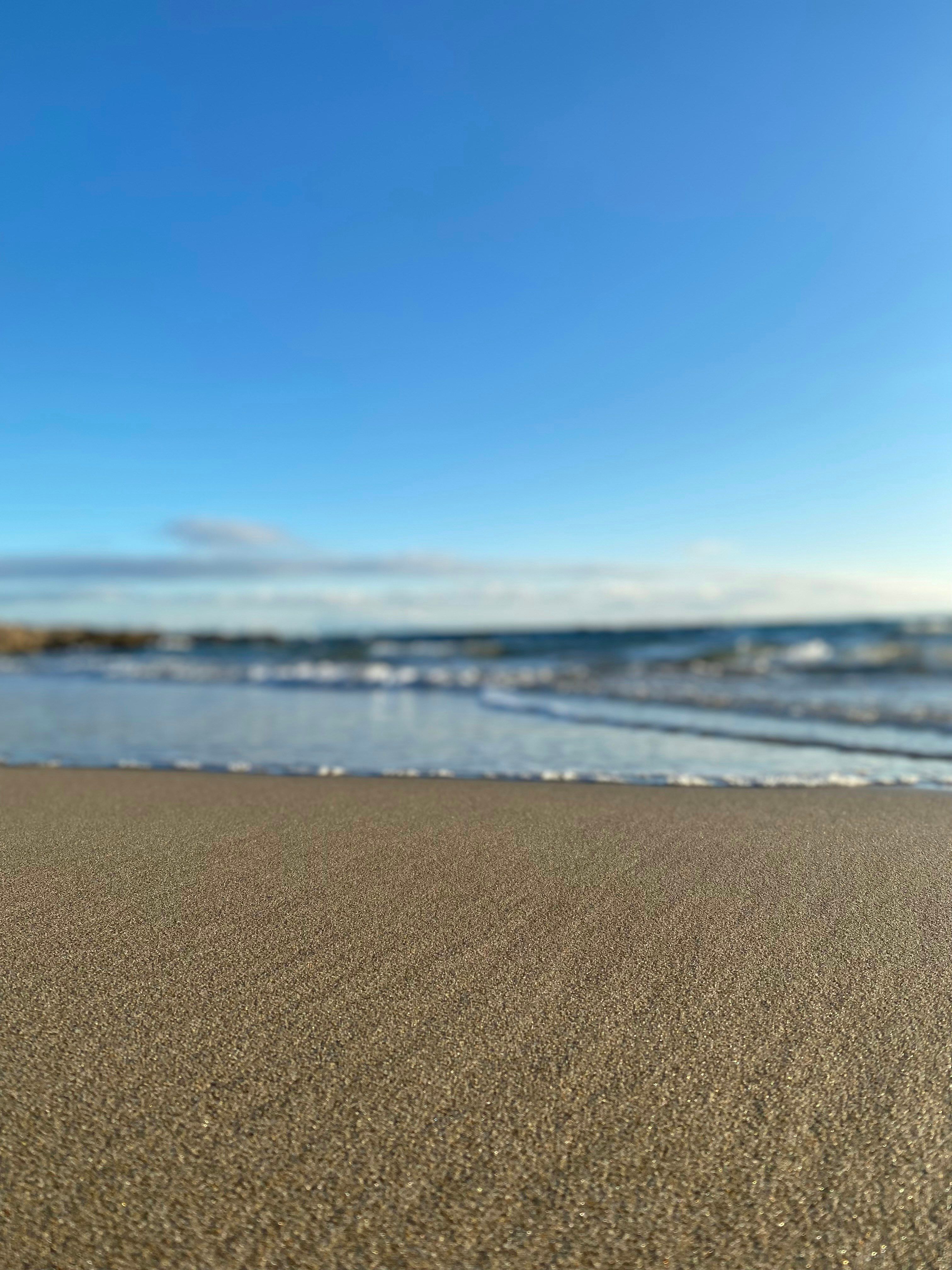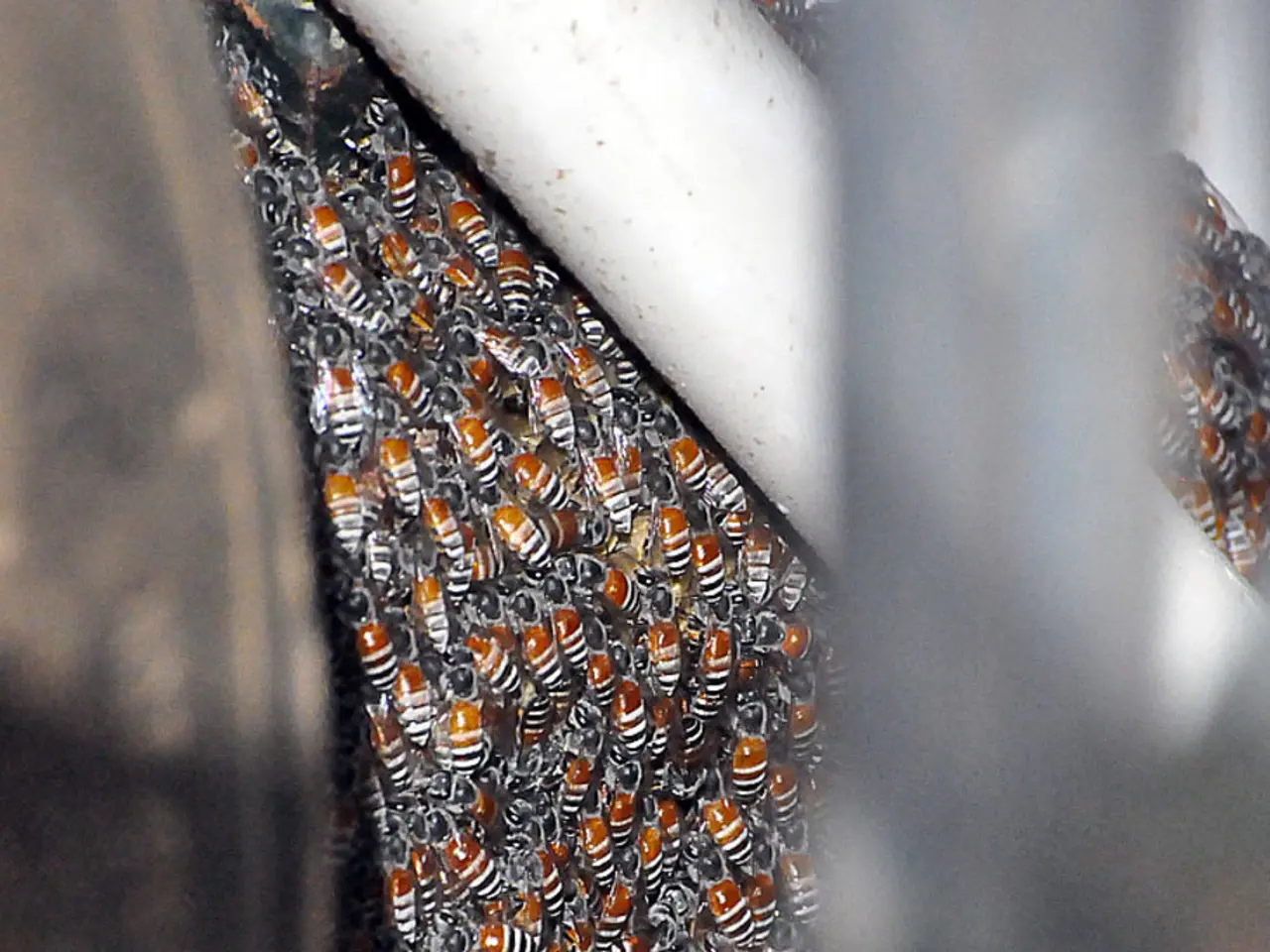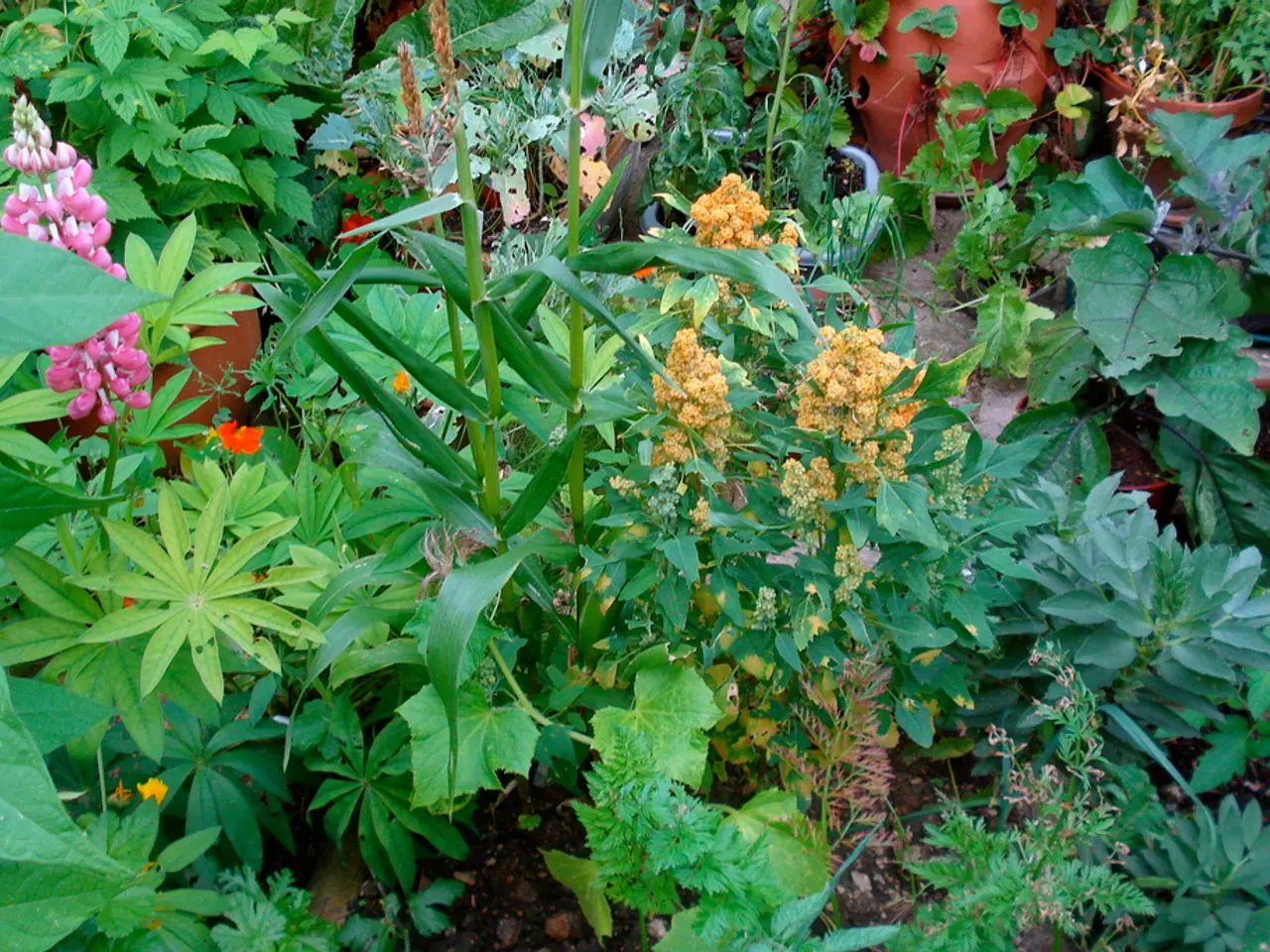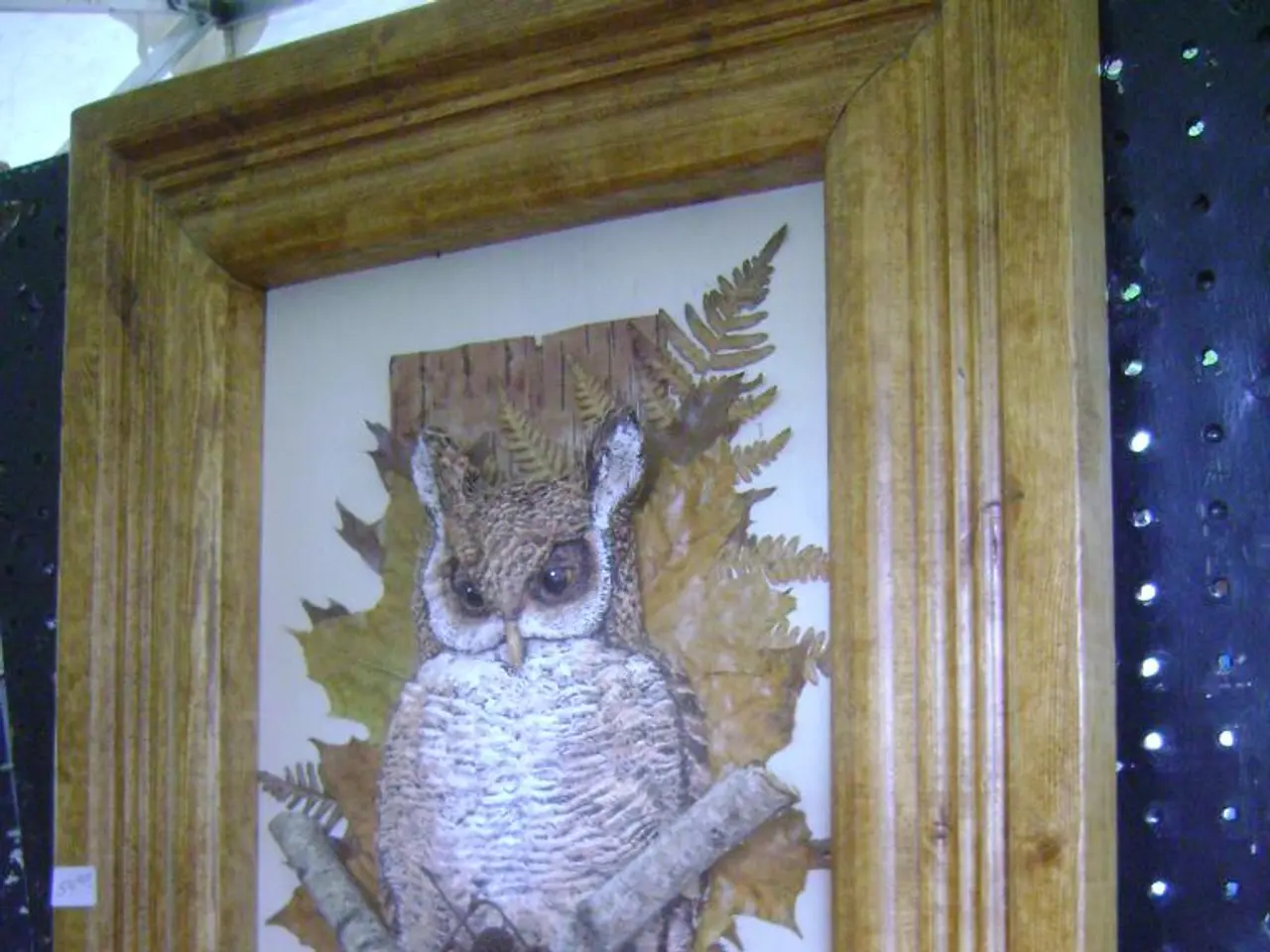Homeowners tired of neat lawns opt for year-round No Mow May movement
TENNESSEE - In a campaign to promote biodiversity and water conservation, homeowners across the state have embraced the No Mow May initiative, forgoing lawnmowers during the month of May to allow grasses and wildflowers to grow uninterrupted. Moreover, the movement covers more months, "Let It Bloom June" and "Leave the Leaves" in fall, encouraging year-round low-mowing and select native plant growth.
Residents like Amanda Beltramini Healan have experienced firsthand the ecological benefits of opting for a more natural lawn. Upon moving to Nashville, her yard was meticulously manicured. To encourage a wildlife haven, she began experimenting with native plants and, eventually, received a reprimand from the city for not adhering to normal lawn standards. With the help of No Mow Month signs from the Cumberland River Compact, a local water conservation nonprofit, she signals her participation in a global movement.
Now, every square inch of her Nashville ranch house's yard plays host to native grasses and plants, providing essential habitat and food for insects, birds, and other wildlife. "I have a lot of insects and bugs, and that's protein," Healan said, adding that the abundance of birdlife offers a symphony of songs each morning and evening.
Despite concerns that the No Mow May movement can result in unchecked invasive plants and minimal benefits for pollinators when only followed for a short period, it nevertheless helps raise awareness around the importance of biodiversity in gardens. Nature-focused organizations in each region provide guidance on plant selection that fits local climate and precipitation patterns to ensure a harmonious ecosystem.
American lawns, deeply rooted in English and French traditions, have been criticized as aesthetically pleasing yet wasteful monocultures leading to excessive water usage, pesticide and fertilizer application, and lost opportunities for supporting local wildlife. Outdoor spraying and irrigation account for approximately 30% of a U.S. household's total water consumption—a statistic underscoring the potential environmental benefits of reduced mowing.
However, critics argue that No Mow campaigns may promote unintentional invasion by non-native species, jeopardizing pollinator populations with little lasting ecological impact. Nonetheless, experts suggest that reducing mowing to every two weeks, coupled with the strategic selection of plants that provide year-round pollination, can offer substantial benefits without leading to excessive growth or fines from local authorities.
Other homeowners like Brandon Griffith have embraced the No Mow movement with caution, consciously choosing to let their yards grow and attract pollinators while carefully managing invasive species. "It's about giving them the time to come out of their larva or egg stage and be able to grow," Griffith explained. "I enjoy coming out and walking around, and looking at it, it's kind of peaceful."
As the No Mow May initiative continues to gain traction, homeowners seem to be embracing the notion that gardens can serve as thriving habitats for wildlife while offering aesthetic appeal. By choosing native plants and responsible lawncare practices, people around the country are discovering that the green space they once managed can become a haven for birds, insects, and other creatures.
- In alignment with her belief in sustainable living, Amanda Beltramini Healan has transformed her Nashville lawn into a thriving wildflower garden by embracing a more natural lifestyle and utilizing native plants, engaging in activities such as gardening and conservation.
- Drawing inspiration from the No Mow May movement, Brandon Griffith has carefully selected native plants and managed invasive species in his garden, creating a haven for pollinators and participating in home-and-garden practices that prioritize biodiversity and water conservation, while maintaining an aesthetically pleasing lifestyle.








